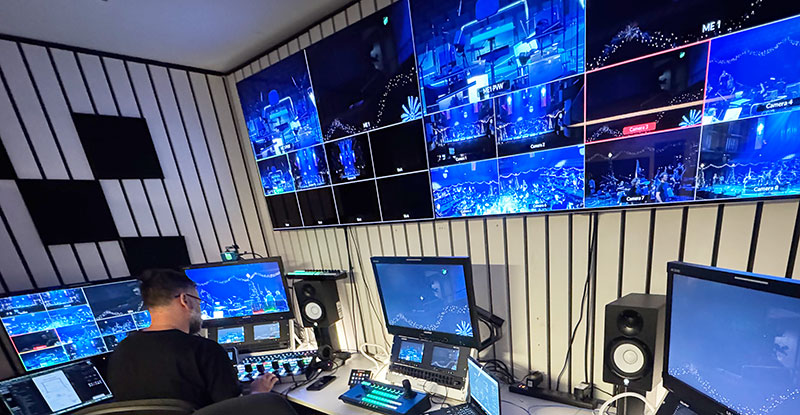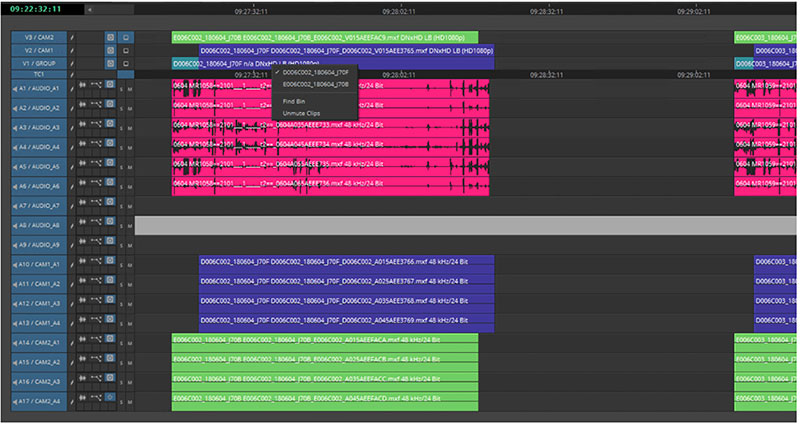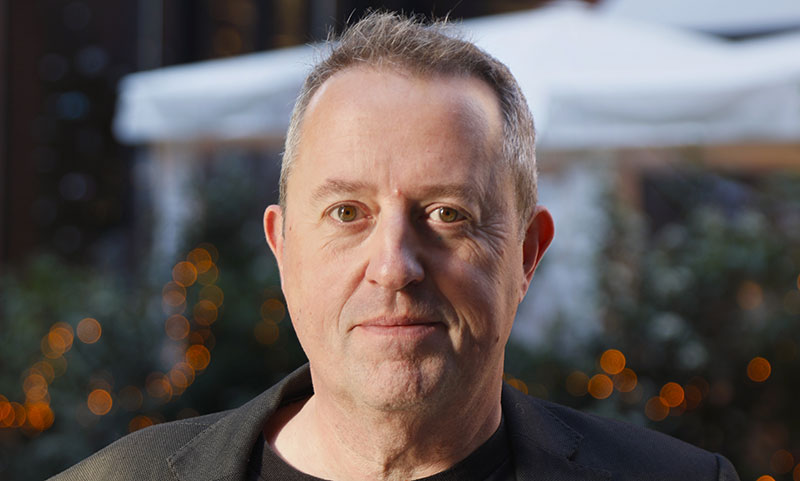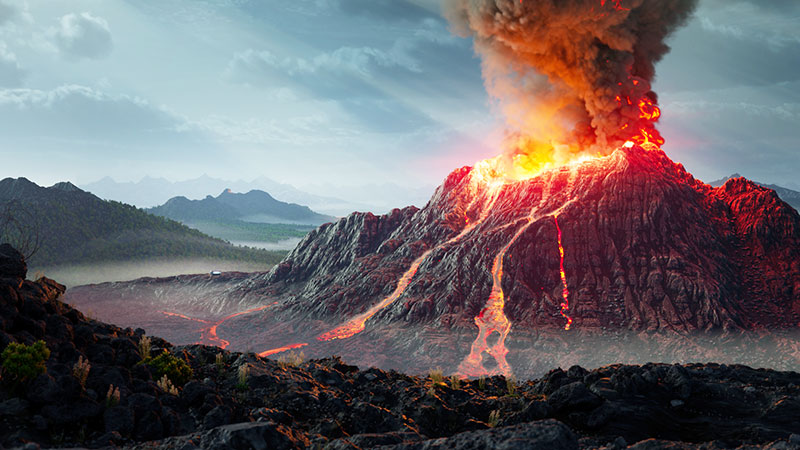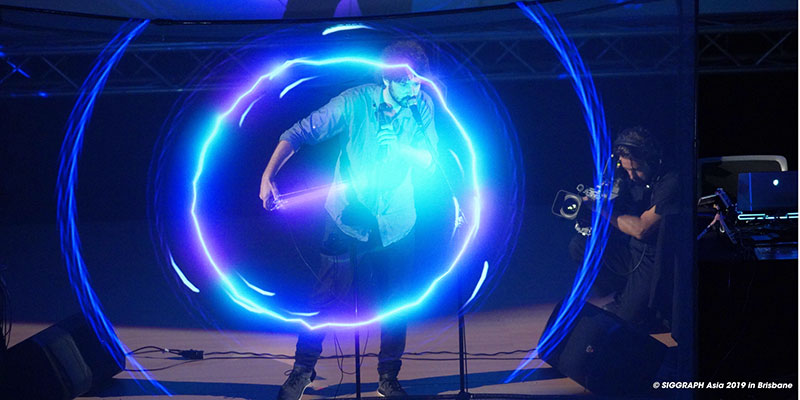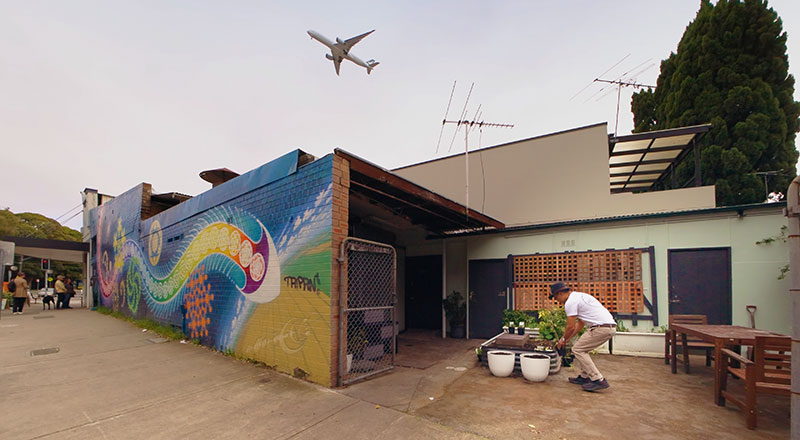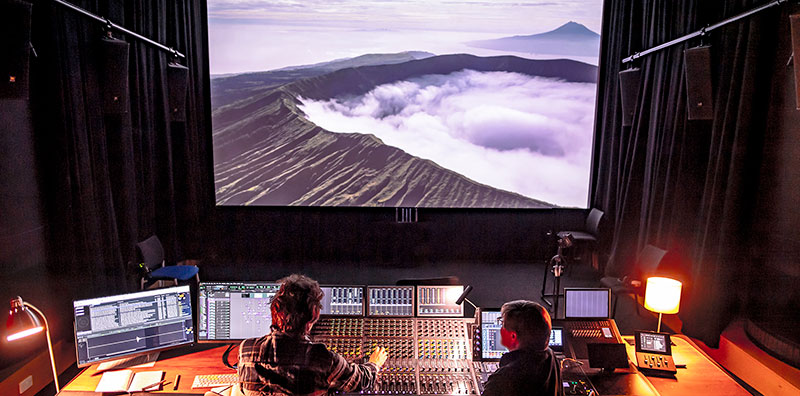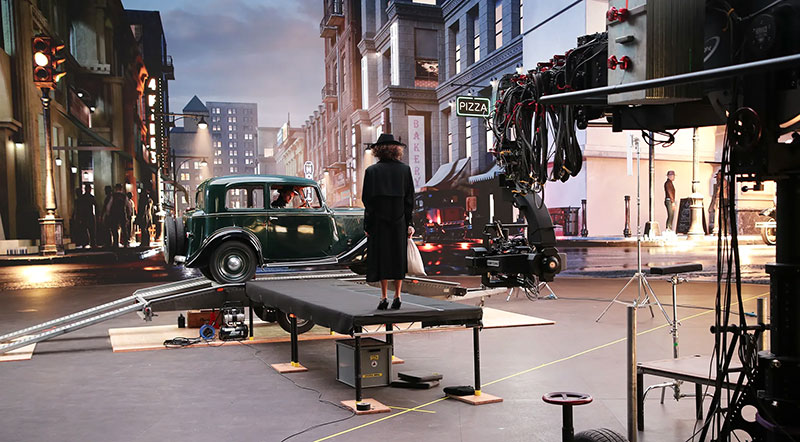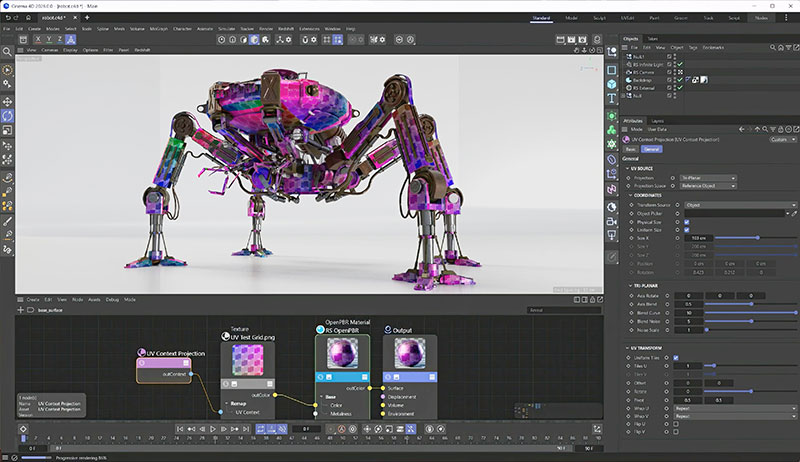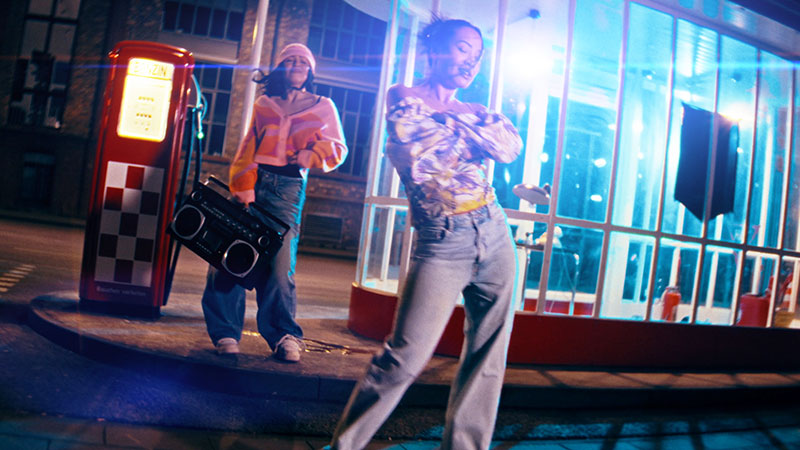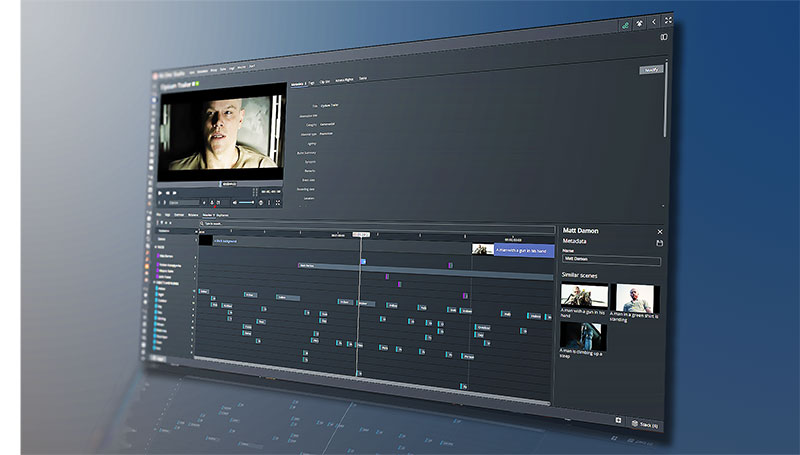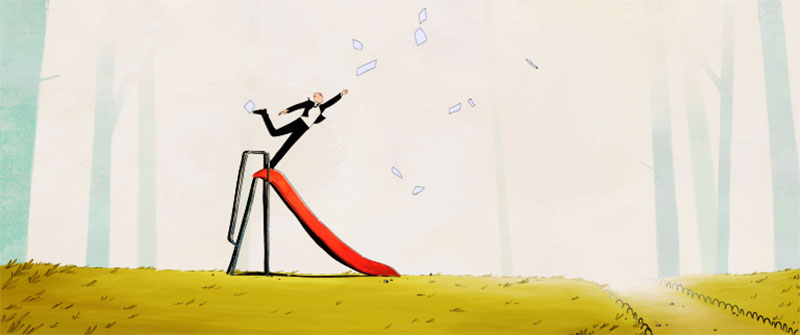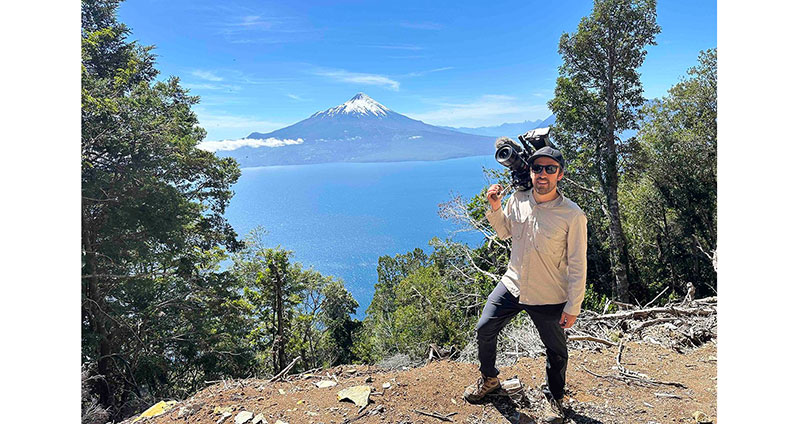Pankaj Bajpai talks about grading the HBO crime thriller series ‘The Penguin’ on Baselight, bringing the look and feel of the movie ‘The Batman’ into the broadcast environment.
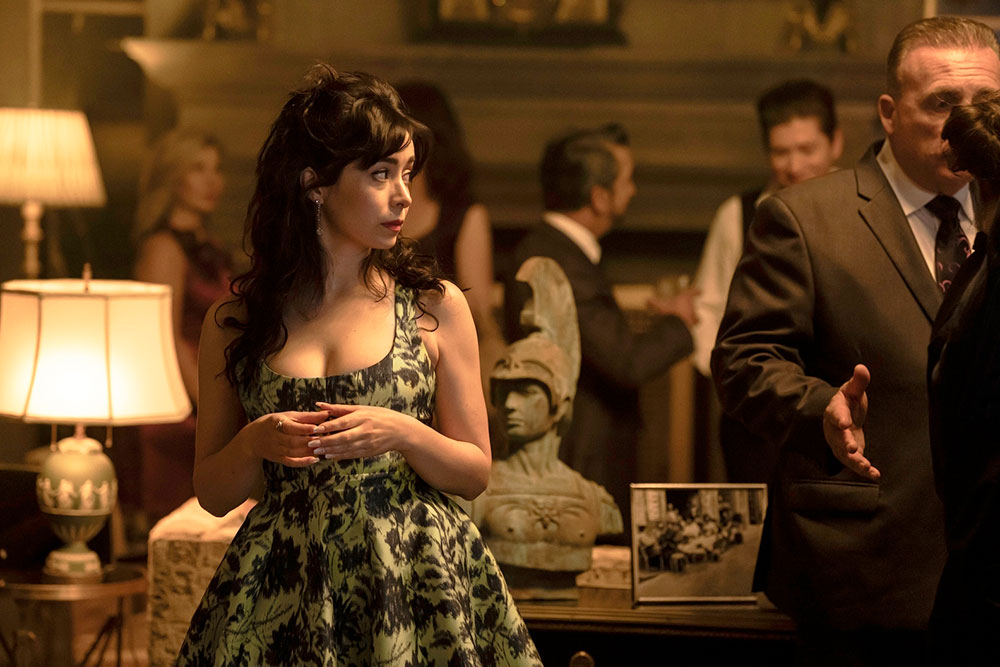
The recent HBO television series The Penguin is based on the infamous DC villain from the Batman comics. Following the events of The Batman (2022), the audience watches Oswald ‘Oz’ Cobb's rise to power in Gotham City's criminal underworld. The Penguin’s eight episodes were broadcast in the United States in Autumn 2024 and the show has received critical acclaim for its performances, writing, direction and production value.
The colour grade was overseen by Supervising DI Colourist at Picture Shop, Pankaj Bajpai. Of the four different cinematographers who shot the episodes – Darran Tiernan, David Franco, Jonathan Freeman and Zoë White – Pankaj had previously worked with three of these.
He was involved with the project from pre-production. “That’s the case for almost every show I work on now,” he said. “Early on, we spend time discovering the essence of the show, working through both the creative and logistical challenges.”
Production Challenges
One of Pankaj’s primary goals during the grading process, which he carried out on a Baselight grading system, was making sure the series kept the visual style of The Batman. The movie had been graded by a team at Fotokem. “I had to make sure the colour finishing visually recalled the audience's experience of watching The Batman,” said Pankaj. “But at the same time, because this show was created primarily for streaming, we had to adapt the approach for television viewing. The challenge was to preserve the theatrical nuances in a broadcast environment.
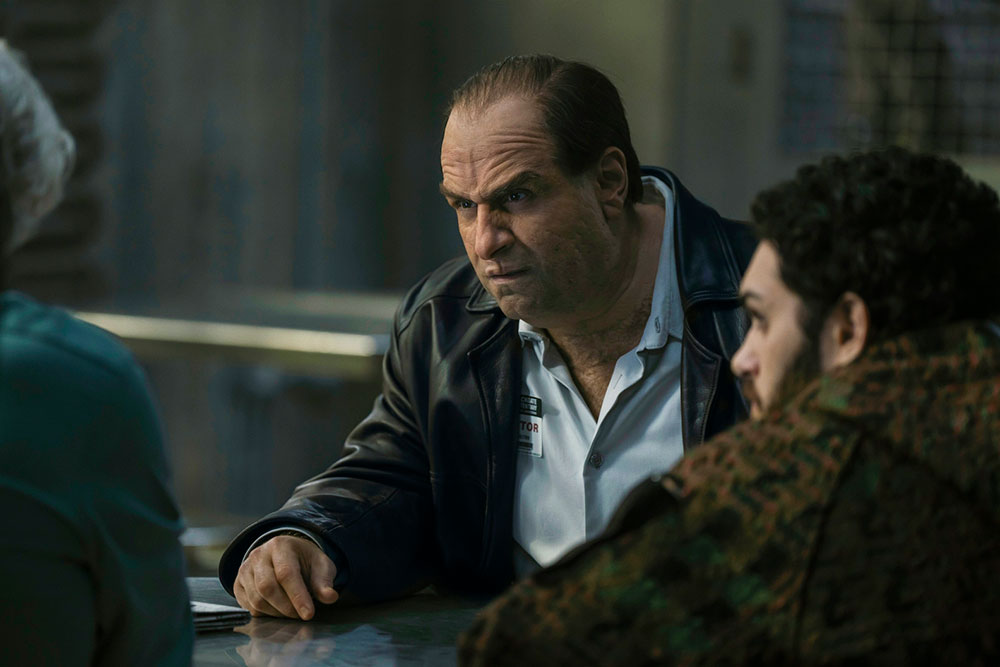
“The producers faced several obstacles – including the shoot itself, which took place in New York during a brutally cold winter in the middle of the COVID-19 pandemic, between two major industry strikes. The production also had to contend with an intricate prosthetic and makeup process on our main character, as well as demanding visual effects and tight deadlines.
“Because of COVID, at times multiple DPs needed to pitch in on a single episode to keep the schedule on track. These factors presented interesting challenges during the finishing process, too, but with everyone’s support, we managed to create a polished show – it was truly exhilarating.”
Visualising a Story
In terms of storytelling, Pankaj’s primary task as a colourist was to visually tell the story of Oswald ‘Oz’ Cobb while staying true to the world that director Matt Reeves had created in The Batman. Simultaneously, as the series progressed, the visual treatment had to evolve in line with the narrative, developed by showrunner Lauren LeFranc.
“We did not start with a pre-defined look for the series,” he commented. “It was more about exploring how best to maintain the film’s universe while introducing a more human element to the story, which alternates between Gotham's fantasy world and its more realistic and gritty moments.
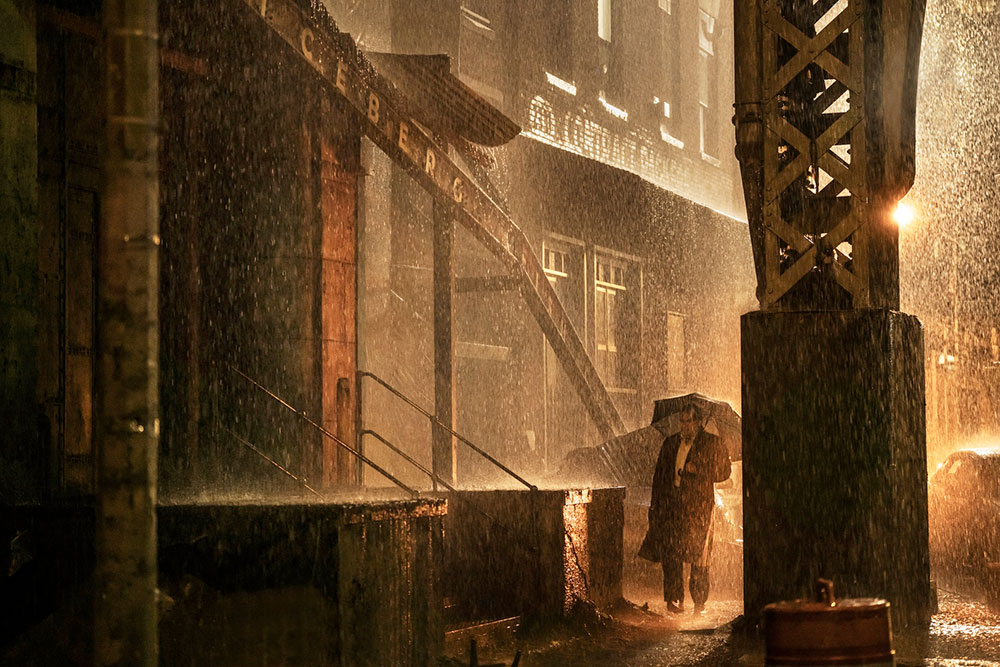
“On the surface the goal was to ensure Lauren, Matt [now in the role of executive producer] and the DPs felt the visual approach was ‘right’, but what does it mean for something to ‘feel right’? In this Gotham setting, was it going to be a cool, desaturated feeling, or something else? There are many ways to approach it, but we had to find the one that resonated with everyone.”
Listening
The look was deeply scrutinized. His task was a process – to take the work of all the creatives and build a cohesive visual trajectory. It was complex, but for Pankaj, that was the exciting challenge – figuring out what worked for everyone.
“My approach largely came down to instinct,” he remarked. “As a colourist, or any visual artist involved in collaborative filmmaking, you must listen – really listen, not just to the words, but to what’s behind them. It’s about understanding what people are trying to express.”
“Each department has its own way of conveying the same core ideas. Take the amazing VFX supervisor, Johnny Han, for example. I needed to understand his perspective. It was the same with Lauren LeFranc, the show’s showrunner and writer. How were her words translating visually? For Matt Reeves, what was coming through from his cinematic, logical, highly creative approach as a filmmaker?”
“Everyone’s goal was to make the best show we could, both visually appealing and unique,” Pankaj said. “As a colourist, my role was to listen to everyone and use the tools at my disposal to bring it all together. But first, I had to listen.”
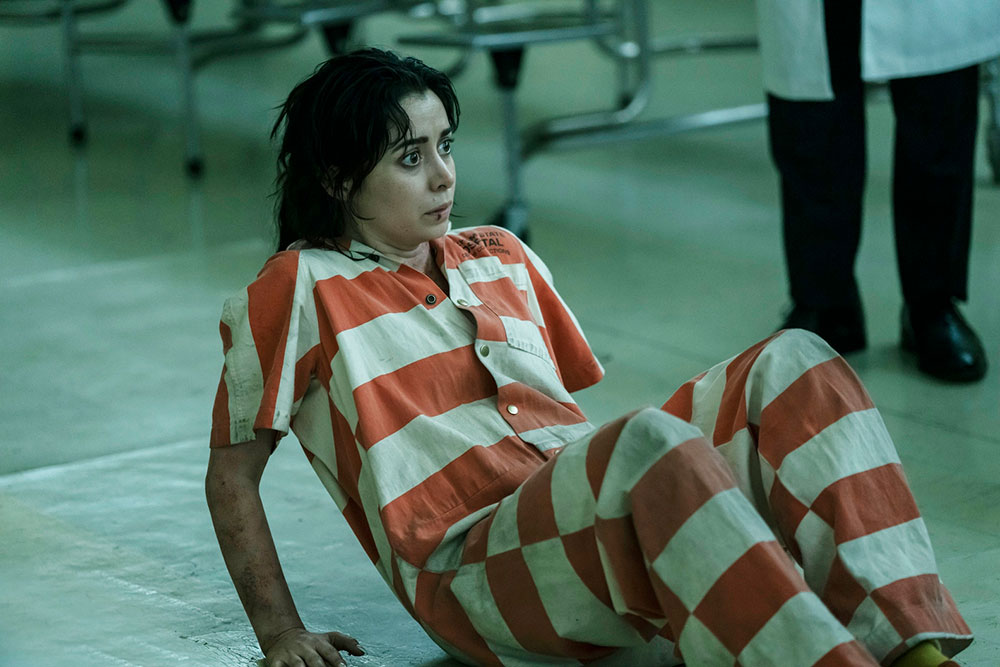
Prosthetics
A critical part of bringing this story to the screen was creating the looks of the main character for the audience. To do this, the production included a dramatic transformation of actor Colin Farrell, who had also played Oz in the film, involving bodysuits, prosthetics and make-up. Therefore, Pankaj’s efforts to ensure every member of the team was satisfied with the creation included make-up and prosthetic artist Mike Marino.
“When we finished grading an episode, it was sent to Mike for critical viewing of his work,” Pankaj said. “Colin and Mike have developed a very close working relationship, as Colin was spending three hours in the makeup chair every morning and 45 minutes at the end, putting it on and off. It was a monumental amount of work.
“Above all, the prosthetics had to feel unquestionably real, while Colin’s performance had to come through all of that latex. Even though we might have done something stylistically in post, it had to be such that Colin’s immensely complicated prosthetics felt real. We were careful to not do anything in the colour grade that broke that.”
Pankaj had to bring this reality to all scenes, which became quite a challenge given all the differences in locations, lighting, VFX, props, green screens and action sequences.
Under the Skin
“As expected, the interaction captured in the footage between the lighting and Colin’s make-over was considerable,” he said. “Whether it was a low-light scene in the cold winter atmosphere, or an action sequence with gun fire, explosions and dust flying everywhere, it was my responsibility to make sure that Oz always felt real, no matter how we approached the grade. I had to make sure that the colour of his skin, which was entirely prosthetic, worked in all types of environments and lighting.”
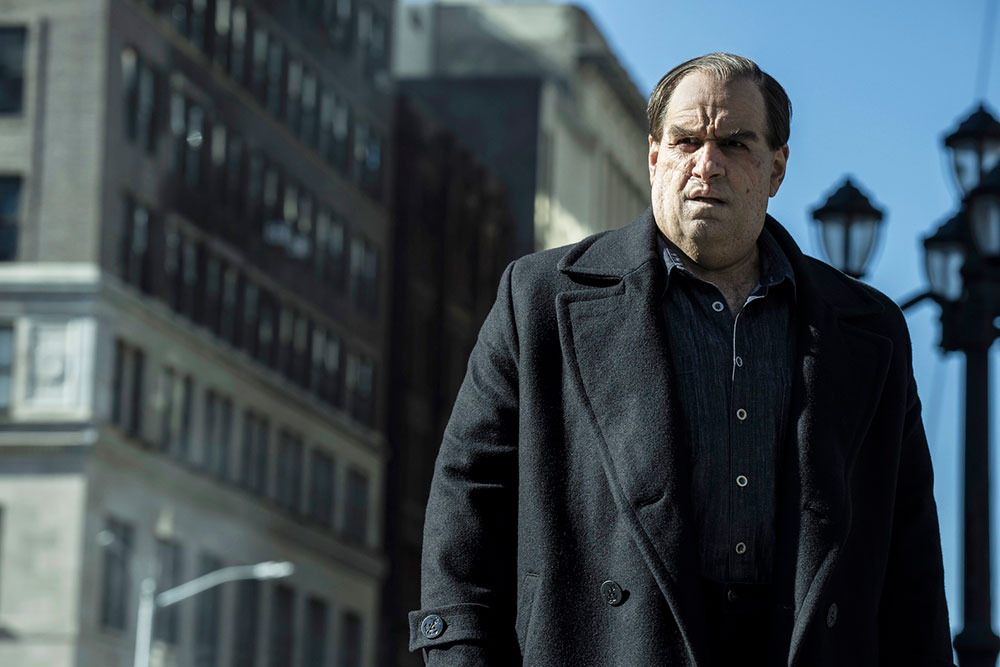
One of the tools Pankaj made particular use of in his work was the X-Grade feature in the Baselight version 6.0 software he was working with.
“X Grade was a significant part of grading the show,” he said. “For example, in a cool lit interior there would be warm lamps reflecting on the latex skin, and suddenly a blemish or something unusual would appear within the texture of the skin because of variation in the colours of the light. We would isolate the issue and go in with X Grade.”
X Grade is used to make multiple localised corrections in a single layer, without having to create a key or matte or use 3D LUTs. X Grade has a scope display that represents the colours contained within the image. By processing zonal transforms, it allows multiple smooth, complex alterations to achieve the desired picture. From there, the same correction can be applied to similar shots on the timeline. “With its precision and control, it became a big part of the process to make sure that the illusion of reality was never broken.”
Lenses and Light
Compared to The Batman, which took place almost entirely at night, the TV series encompasses a range of daylight scenes that created another challenge when it came to balancing these shots.
Pankaj noted, “With a considerable number of daylight scenes to grade, we had to figure out what Gotham looked like in the daytime – without set references. Plus, daylight in New York is very different from that in London, where the movie was filmed.”
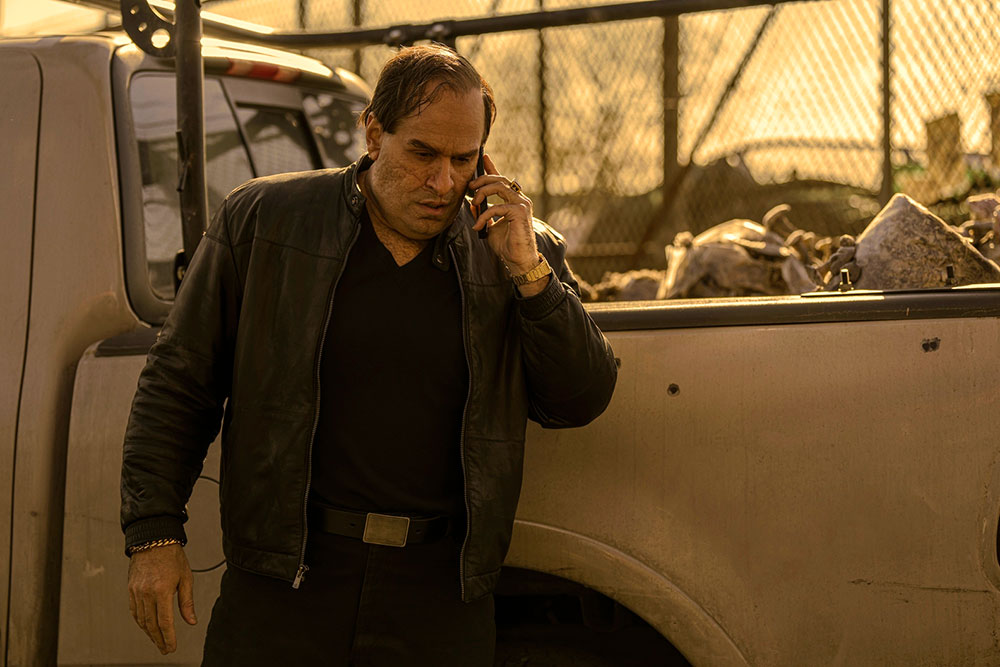
The Batman movie had been shot with anamorphic lenses, with natural organic distortions at the edges that were used creatively to direct attention to certain actors’ faces or parts of the frame. The Penguin was also filmed with anamorphic lenses but in a 2:39 aspect ratio – the image extraction for the desired 2.0 format meant that some of those natural optical lens distortions at the edges were lost and had to somehow be recreated.
“Matt wanted to create a similar feel to the movie with this distortion technique. We didn’t want to rely just on vignetting and darkening to bring attention to certain parts of the frame. So, using Baselight, I created something similar,” said Pankaj.
“It had to feel organic in an ‘optical’ sort of way, and Matt was quite specific about what that needed to be. Throughout eight episodes I applied varying degrees of optical work in Baselight. It was a combination of operators such as Chroma Warp (a shader), Halation and the DFuse operator that creates diffusion or mist effects in Baselight, among others – all used either independently or blended in degrees.
“There were different parts of the frame that were optically treated with great specificity. For example, the top and bottom of the frames were adjusted differently from the corners, depending on where the actors were and where the attention needed to be focused. It was almost like we were custom ‘de-tuning’ these lenses as needed.”
Film Grain
Although The Batman was shot on digital cameras, to get a natural film grain look, the digital master of the movie had been recorded out to film and scanned back in with the grain intact for the final DI. For The Penguin, such a process would have been prohibitive in terms of time and expense. In its place, Pankaj emulated the look of the grain using Baselight's built-in grain tools, adjusting multiple parameters.
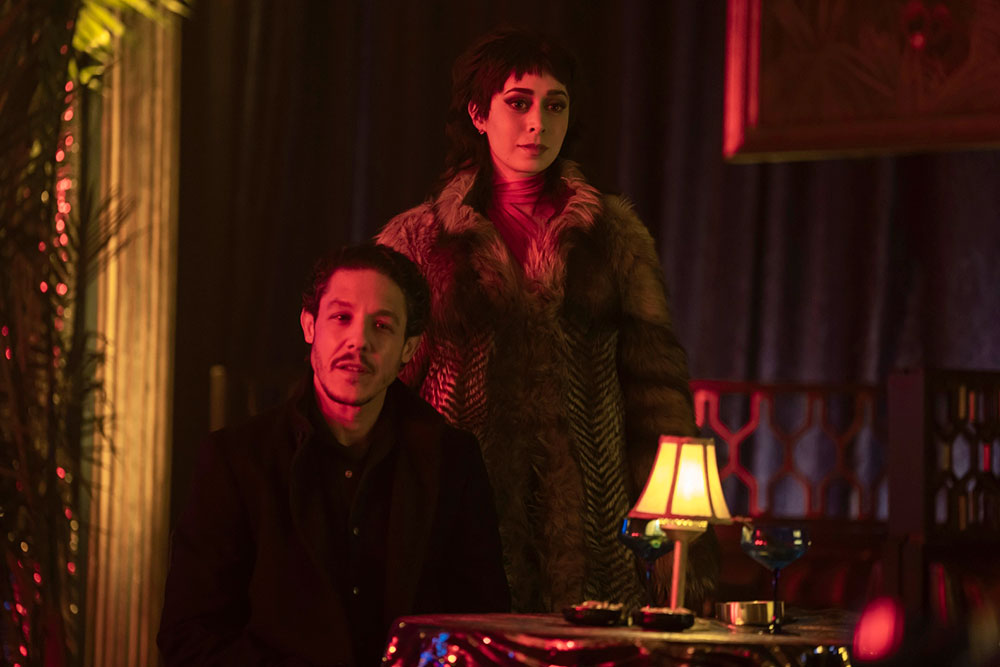
“I used a lot of the Baselight tools to simulate the film grain structures,” Pankaj said. “We had a high-resolution master file of the movie to compare with in the DI theatre, which was extremely helpful as I would use the grain tools in Baselight to get as close to the texture in the movie as possible when recreating grain digitally.”
“This features was like any of the complex work we were doing behind the scenes on this project – it had to blend invisibly into the show’s singular creative vision, and all of it was built on heavy expectations.” www.filmlight.ltd.uk



